Palm cockatoos are one of the largest cockatoos, reaching 1.2 kg and 65 cm (25.6 inches) in length. Also known as Cape York cockatoos, great palm cockatoos, black macaws, goliath cockatoos or great black cockatoos, they occur in lowland New Guinea, the Aru Islands, and Cape York Peninsula north of 14.5°S on mainland Australia.
These birds are also one of the loudest parrot species, making loud whistling calls. Another way they communicate is by stomping noisily on a perch. They use modified sticks or seedpods to strike a hollow tree limb and create a loud noise that can be heard up to 100 m (328 feet) away.
The global conservation status of this species under IUCN (International Union for Conservation of Nature) criteria is ‘Least Concern,’ but within Australia they are listed as ‘Vulnerable’ due to the slow reproductive rates, altered habitat availability due to changed fire regimes, and large scale vegetation clearing by mining operations.
“These shy and elusive birds, iconic to Cape York Peninsula in Far North Queensland, fashion thick drum sticks from branches, grip them with their feet and bang them rhythmically on the tree trunk, all the while displaying to females,” said senior author Professor Rob Heinsohn, a researcher in the Fenner School of Environment and Society at the Australian National University.
“Sadly, palm cockatoos have one of the slowest breeding rates of any bird, and our study shows the population is not producing enough young to replace the birds that die.”
Professor Heinsohn and colleagues used data from a long-term monitoring project together with new genetic information to work out how connected the scattered birds are on Cape York, and how well the good breeders compensate for those that fail to reproduce.
“Even best case scenarios show that the overall population will go down by more than a half in 49 years, the equivalent of three generations for the birds,” said first author Dr. Miles Keighley, also from the Fenner School of Environment and Society at the Australian National University.
“This fast rate of decline means that the palm cockatoos qualify as ‘Endangered’ under IUCN criteria.”
“Long-lived birds like palm cockatoos, especially those that live in remote areas, are incredibly hard to study,” Professor Heinsohn said.
“We have worked very hard for over 20 years to understand the population trends.”
“We used computer simulation techniques that allow us to look into the future — it’s a bit like having a crystal ball.”
“But it only works if you have good data that tells you how the birds are tracking here and now.”
Citation:
Miles V. Keighley et al. 2021. Slow breeding rates and low population connectivity indicate Australian palm cockatoos are in severe decline. Biological Conservation 253: 108865; doi: 10.1016/j.biocon.2020.108865
This article was first published by Sci-News on 29 December 2020. Lead Image: A palm cockatoo holds a stick in its beak. Image credit: Christina N. Zdenek.
What you can do
Support ‘Fighting for Wildlife’ by donating as little as $1 – It only takes a minute. Thank you.
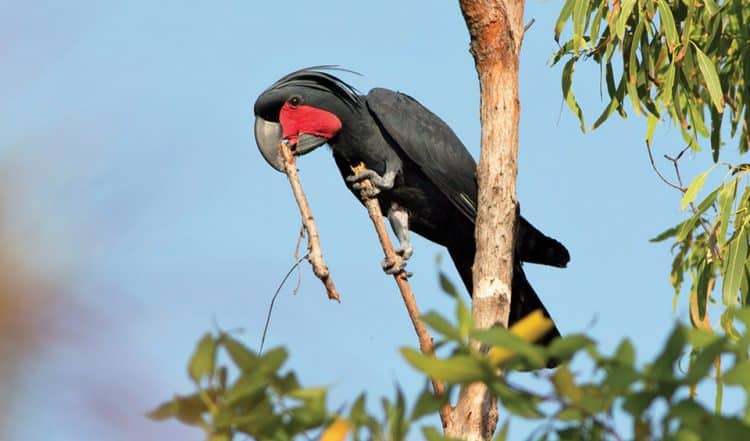


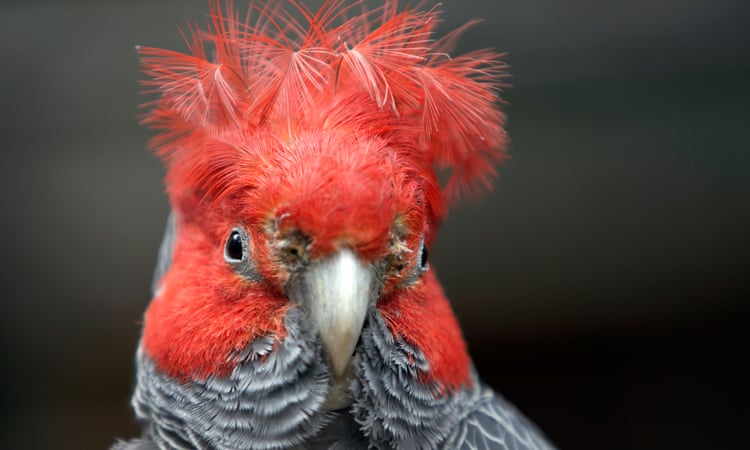
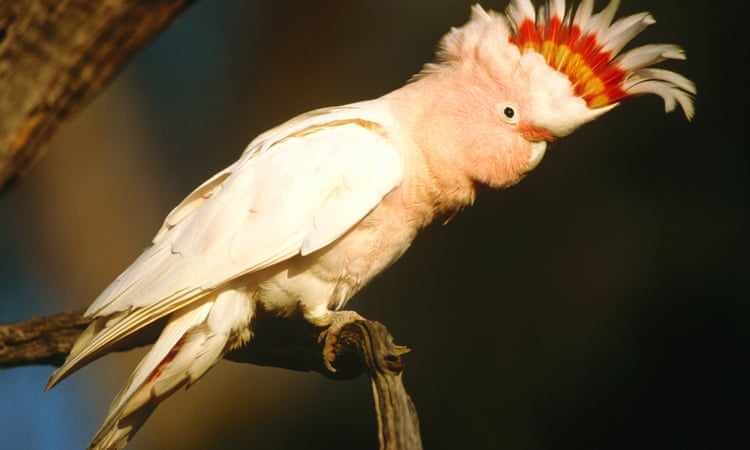
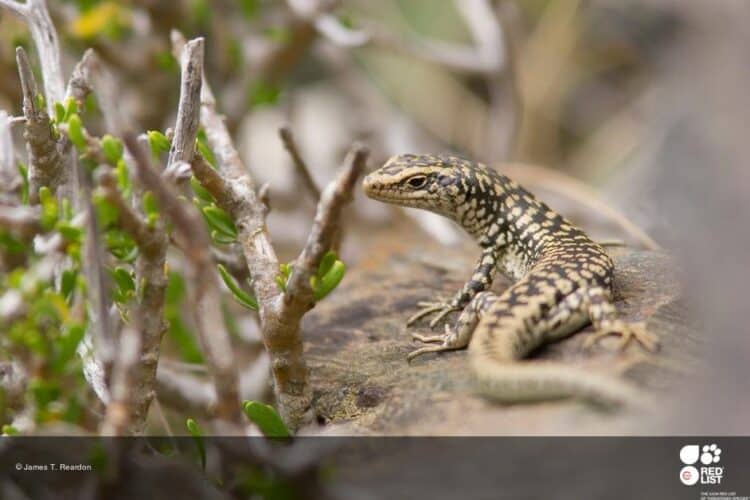
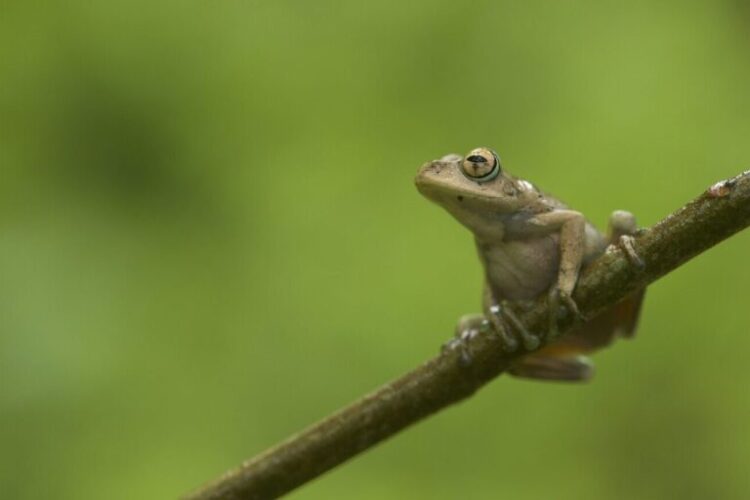
Leave a Reply